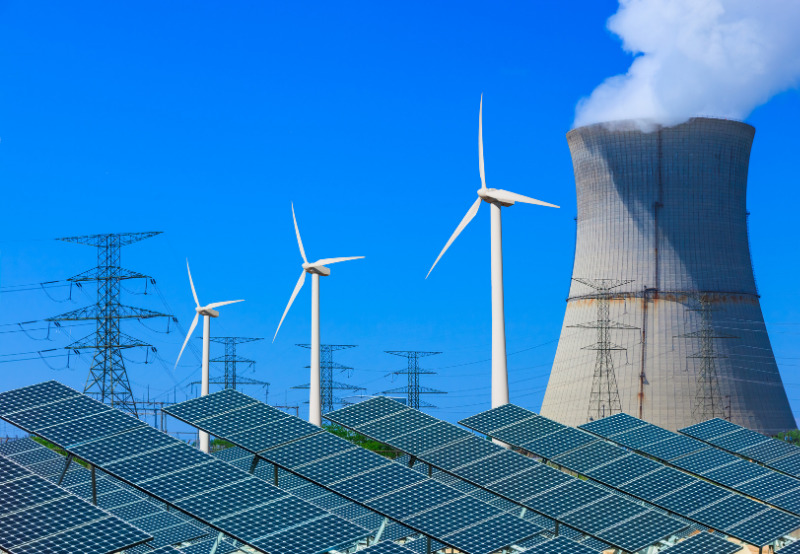The U.S. Energy Information Administration (EIA) announced yesterday that in 2022, renewable energy-generated electricity will surpass coal-generated electricity for the first time ever.
In 2022, coal-fired electricity production represented 20% of total generation, down from 23% in 2021. Wind and solar generated the majority of the increase in renewable electricity generation. From 12% in 2021 to 14% in 2022, combined generation from these two energy sources increased. The share of electricity from other renewable sources — hydropower, biomass, and geothermal — didn’t change somewhere in the range of 2021 and 2022.
Although less coal means less pollution and emissions, this does not mean that all forms of energy based on fossil fuels decreased. According to the EIA report, natural gas remained the nation’s primary source of electricity generation. Natural gas production also increased to 39% of U.S. electricity generation last year, up from 37% in 2021.
Texas, a state known for its love of fossil fuels and its suppression of climate science education, led the production of wind energy last year. The state’s production to some extent supported the renewable energy increment from 2021 to 2022. Last year, a significant share of the nation’s wind generation came from Texas and several other red states: Texas had 25% of the generation, Iowa had 10%, and Oklahoma had 9%.
California produced 26% of the nation’s utility-scale solar electricity, placing it first in the production of solar energy. Texas came in second, producing 16% of solar electricity. Texas likewise led in natural gas and coal-generated electricity, as per the analysis.
The Energy Information Administration (EIA) predicted that solar-generated electricity would rise in 2023 while coal-generated electricity would continue to decline this year. According to Gregory Wetstone, CEO of the American Council on Renewable Energy, who spoke, the rise in the production of renewable electricity is bolstered by the rising affordability of this form of energy.
“Over the past decade, the levelized cost of wind energy declined by 70 percent, while the levelized cost of solar power has declined by an even more impressive 90 percent,” he said.
